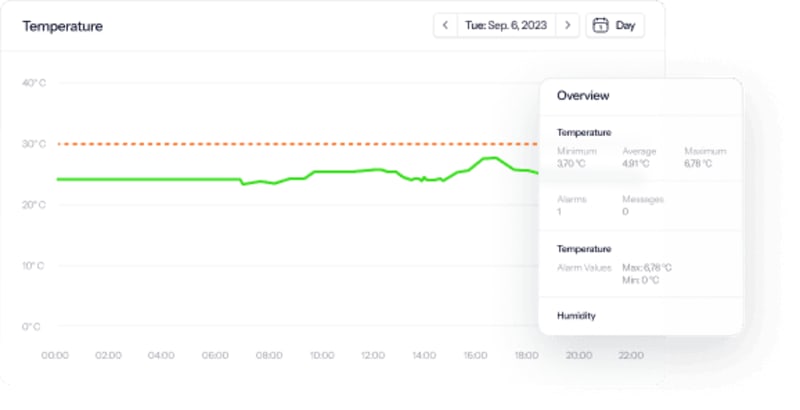Everything you need to know about temperature data loggers

Jakob Konradsen
What is a temperature data logger? What is the right version for you? Dive into this and more right here.

On this page, you can look into:
- What a temperature data logger is
- How wireless temperature data loggers work
- 12 consideration you need to make when choosing data loggers
- The three main benefits of using a wireless data logger
- What calibration means for temperature data loggers
- How Eupry’s W-iFi-based data loggers work
- Different types of wireless data logger sensors
- FAQ about wireless temperature data logger
What is a temperature data logger?
A temperature data logger is an electronic device used for temperature monitoring to automatically measure and save temperatures.
Temperature data loggers come in many different shapes and sizes and with a large variety of functions and specifications.
For instance:
- Almost all data loggers are based on microcontrollers. These devices are usually small, battery-powered, portable, and equipped with a microprocessor, which uses internal memory for data storage of temperature measurements.
- Some data loggers are directly connected to a personal computer. By using specific software programs, it is possible to activate the data logger and view and analyze the collected data remotely.
- Other types of data loggers are designed as human interface devices that can be used as independent equipment.
Common for all temperature data loggers is that temperature data can be exported and viewed, normally on a pc or on an online platform.
However, the use of temperature data loggers varies for different sectors and industries, and the requirements for the temperature data logger also depend on the use and governmental and other standard requirements.
In many cases, the temperature data logger is used to monitor temperature that is of interest to a process that requires a certain temperature span to be held in order to obtain a specified result.
An example from pharma is the storage of vaccines, which often need to be held within 2 to 8 degrees in order for the vaccines to be useful.
Also read: How Eupry’s wireless data loggers automate temperature compliance

How do wireless temperature data loggers work?
Wireless data loggers work by constantly measuring (temperature, humidity, CO2, Pressure etc.) and sending the data on a regular basis to a server via WiFi. The server is either situated locally or in the cloud.
The wireless data logger often stores measurements locally for longer or shorter periods, and then sends this data to the server.
The advantage of having a wireless data logger compared to the usb logger is that the wireless can transmit data automatically without the need of manual work.
The wireless data logger can send data immediately if temperature excursions occur, which in turn can send an alarm to the users of the system. This means that the correct actions can be performed, thus minimizing the risk of actual non-conformities.

What specifications do you need to consider when choosing a data logger?
There are some general specifications of temperature data loggers that define how they operate and can be used — in other words, whether they are a good fit for your business needs.
Battery life
As most temperature data loggers run on battery, the battery life determines how long the temperature data logger can operature before a battery change is necessary.
Resolution
The resolution of measurements defines how small temperature changes the data logger is able to measure temperature in. In other words, how many digits the temperature can be measured in.
Temperature span
The temperature span or measurement area defines which temperatures the data logger is able to measure. This often has to do with the mechanical construction of the logger and covers the span where the data logger can operate and measure temperatures.
Accuracy
The accuracy or precision defines how accurate temperature can be measured. In other words, how close to the actual temperature does the data logger measure temperatures.
Cost structure
Some temperature data loggers are purchased as single units without service, and some come with a service package, including for instance software and calibration. When looking at pricing of "non-service" data loggers remember to consider running costs, which can be expensive in the long run.
Installation complexity
How do you install the logger? Consider how complex the installation process is, if it requires technical consultancy, and if introducing new loggers to your setup can be done seamlessly.
Export of data
The data stored in the logger has to be exported in order to document the measured data. This is mostly done either with a data logger being inserted into a computer’s USB port, and then using the associated software to download the data, or the data logger can automatically transfer data on a regular basis wirelessly to an online system.
Also read: Compare data loggers with wireless data transfer (Eupry’s) vs. classic USB transfers
Software
The software used for exporting and viewing (and possibly alarming) varies greatly in ease-of-use and functionalities. Some systems are very basic, and only allow for the export and viewing of data, while others include more functionalities such as user management, deviation management, and calibration management.
Data logger calibration
Your data logger's calibration describes how the data logger is calibrated as well as to what precision or uncertainty. The calibration of the temperature data logger ensures that the measurements are equal to the measurements of other temperature-measuring devices. Calibration is required by many quality standards.
Also read: Your guide to temperature (and humidity) calibration in GxP
Alarms functionality
Some temperature data loggers not only serve to monitor and document the temperature but also work as an alarm system that can alarm you in the event of a temperature excursion. In this case, an alarm is sent to the user when an out-of-specification temperature is measured, and the user can react to the problem.
Storage capacity
The storage capacity is defined as the number of measurements that can be stored on the logger before unloading is needed. Dependent on the measurement interval, the time before this is needed varies as a high measurement frequency fills the memory faster than a lower one.
Warranty
Depending on whether the data logger was purchased as a one-time cost, or as a service model, the product guarantee can vary.
Some loggers come with a limited guarantee, and some come with a use guarantee where the product is replaced free of charge in case of issues.
What are the benefits of using a wireless data logger?
There are many benefits of using wireless data loggers, here are the three main ones:
- Real-time monitoring: Wireless data loggers automatically collect data 24/7. After the device is activated, it starts measuring the temperature right away giving you a live view of the environmental conditions being monitored.
- No manual transfers: A USB data logger has to be taken out manually from the cooling equipment and connected to a computer in order to view and analyze the data. This process interrupts production and operations since it requires the original USB data logger to be replaced with another logger during the period it is taken out. Meanwhile, a wired data logger requires a USB cable to connect to the PC. Wireless data loggers automatically record the temperature and send the data through Wi-Fi. No manual transfers needed.
- Easy access to data: A Wi-Fi data logger permits access to the data at any time and from anywhere through software or online platforms that can be entered from different devices, such as a mobile phone, computer, or tablet. The process of viewing and analyzing the collected data differs according to the data logger used for temperature measurements.
What is data logger calibration?
In most uses of a temperature data loggers, calibration is needed in order to ensure that the data logger measures correctly, and that this can be proved.
Also check out: Your guide to temperature (and humidity) calibration in GxP

What is calibration?
Calibration is the process of ensuring that the temperature data logger measures in accordance with international standards.
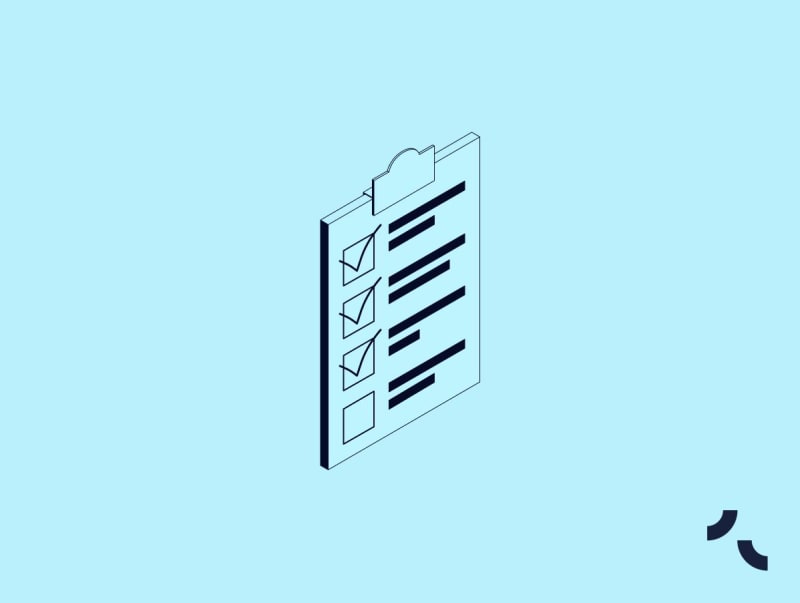
How is calibration done?
Calibration of data loggers is done by comparing the readings of the temperature data logger to a reference temperature reader. By comparing the readings of the temperature data logger to the reference, any differences can be observed and noted as measurement errors.
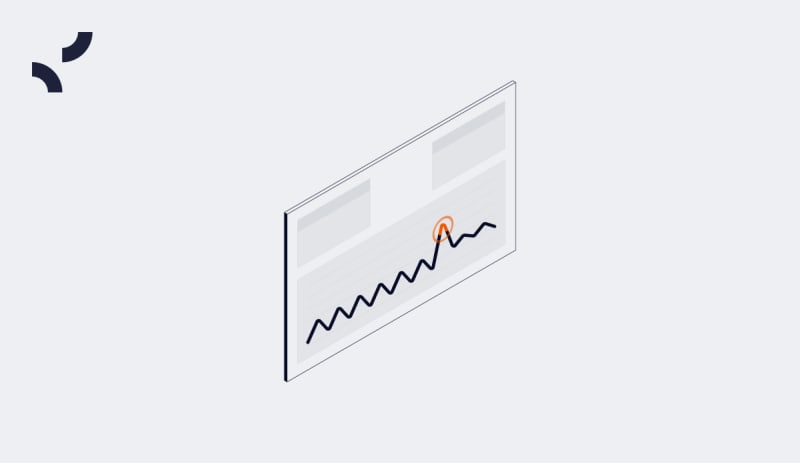
Calibration uncertainty
The comparison of the data logger and the reference temperature can never be performed completely without error, a calibration is always associated with a certain uncertainty known as the calibration uncertainty. The amount of uncertainty has to do with the calibration method, and the accepted uncertainty is often dictated by the quality requirements set forth by governmental or standards requirements.

Calibration certificates
The proof of calibration is known as the calibration certificate and is the document provided by the calibration laboratory. A temperature data logger can only be said to be a calibrated temperature data logger when the calibration certificate is obtained.

Accredited or not
Based on the requirements, the calibration certificate can either be issued by a non-accredited or accredited laboratory.

Who does calibration?
The calibration can either be purchased at a calibration laboratory by sending in the data logger or be part of the service associated with the data logger system.
How does Eupry's Wi-Fi-based data logger work?
The quick version: With a high level of efficiency, time-saving in operations, and cost-effectiveness in monitoring and support, Eupry's Wi-Fi data logger is built for the requirements of pharma, biotech, and healthcare logistics.
The monitoring, alarming, and reporting solutions, which are a part of the package when acquiring Eupry Wi-Fi data loggers, reduce the risk of losing temperature-sensitive material and help ensure regulatory compliance.
Different types of wireless data logger sensors
Our patented Aliio technology provides a full range of sensors to attach to wireless data loggers and facilitates the most cost-effective method for calibration.
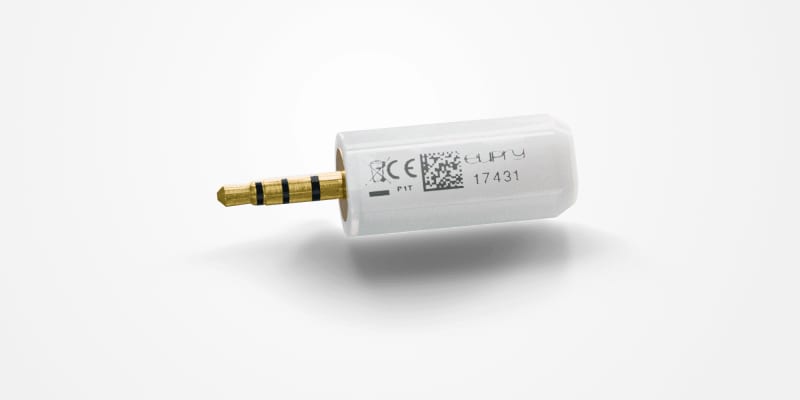
ALIIO Temperature Sensor
- Operating range: -50°C to +50°C (-58°F to 122°F)
- Temperature resolution: 0.01°C (0.018°F)
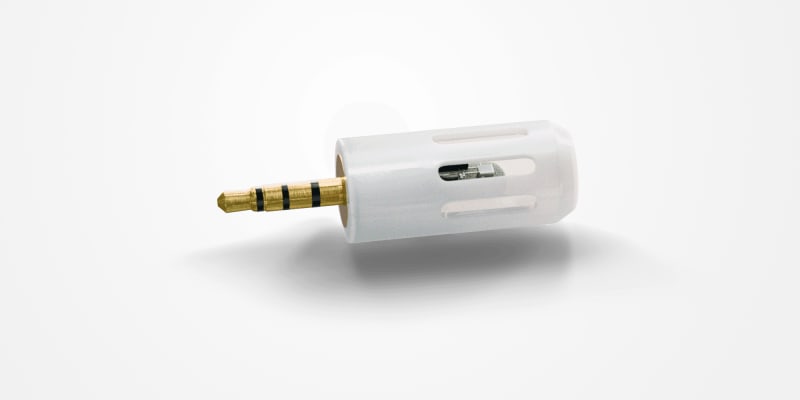
ALIIO Humidity Sensor
- Operating range: 2°C to 50°C (35.6 °F to 122 °F)
- Resolution: 0.01°C (0.018°F) 0.01 %RH
- Humidity range: 20-80% RH (Non-condensing)
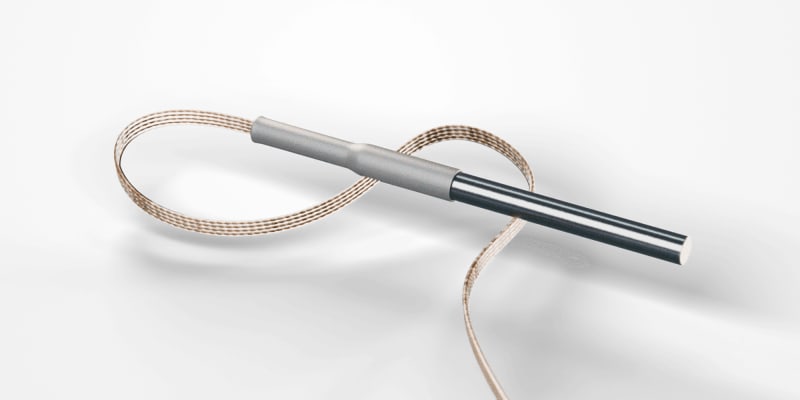
ALIIO Temperature Probe
- Operating range: -90 °C to +50 °C (-130 °F to 122 °F)
- Temperature resolution: 0.08°C (0.14°F)
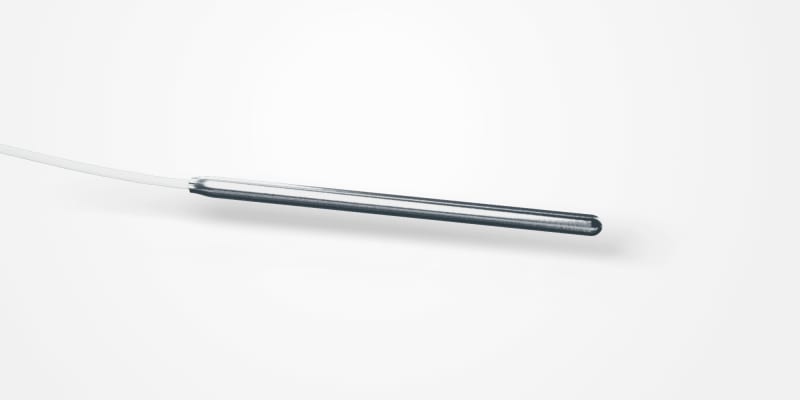
External Temperature Teflon Probe
Operating range: -200 °C to +200 °C (-320.8 °F to 392 °F) Temperature resolution: 0.03 °C (0.054 °F)
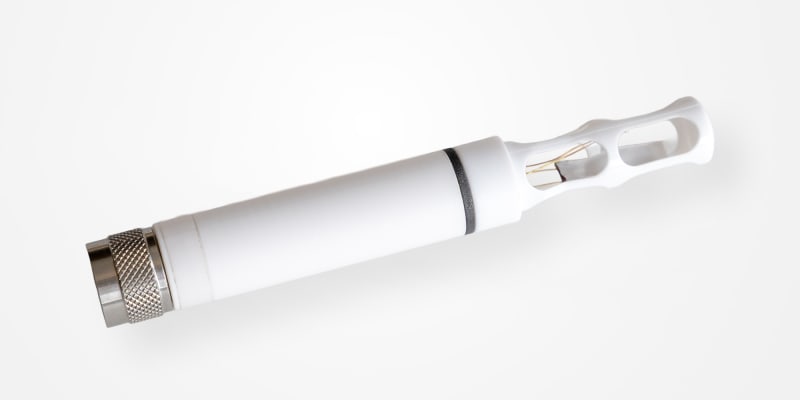
HC2A - High Precision Humidity Probe
- Accuracy @23 °C: ±0.5 %rh
- Application range: -50 to 100 °C
- Sensor element: HYGRIMER HT-1
- Long-term stability: <1 %rh per year with clean air

Reduce risks and manual work with wireless data loggers from Eupry
Find all the technical specifications, dive into how the solutions work, and find an overview of all equipment in the free solution catalog.
FAQ about wireless temperature data logger
We have gathered the most frequently asked questions and answers below. Click on a headline to see the answer.
3 ways to learn more
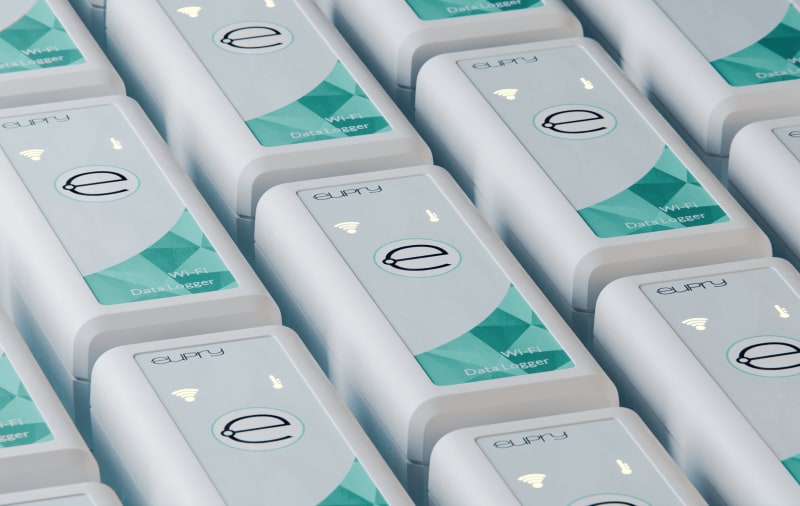
How to choose the right temperature mapping equipment
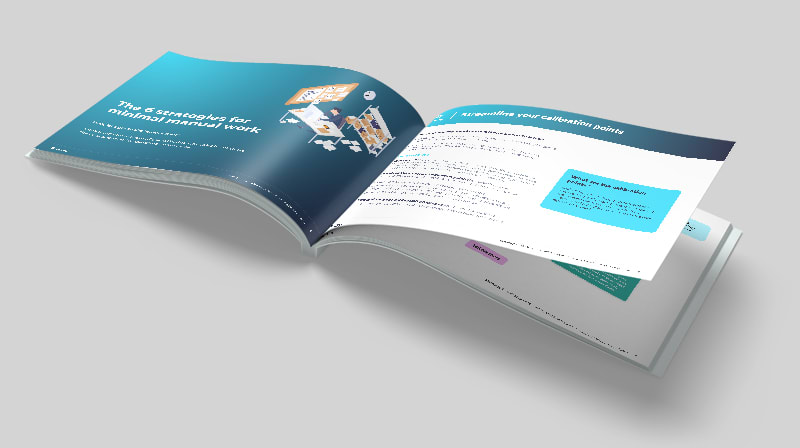
6 ways to spend (way) less time on manual temperature compliance
